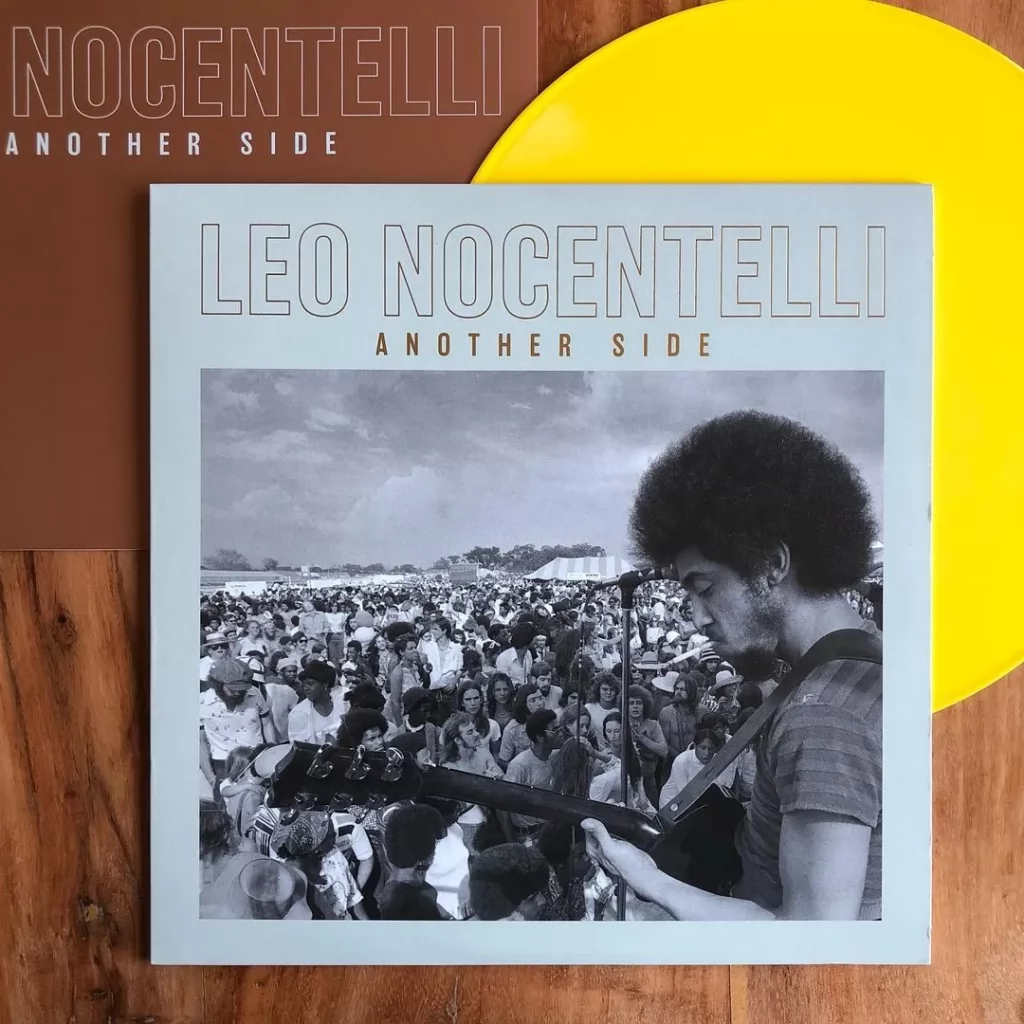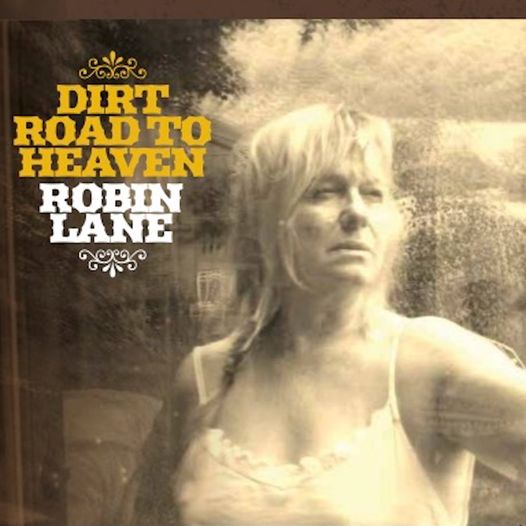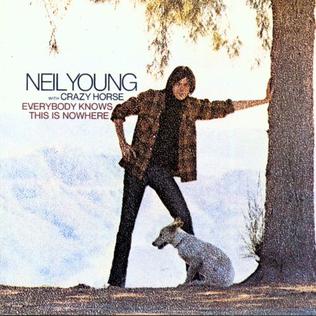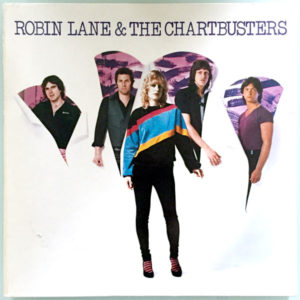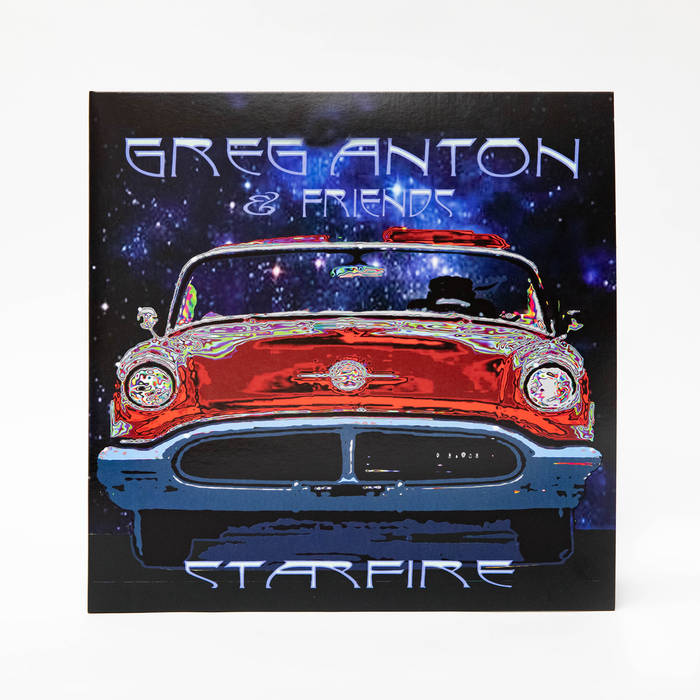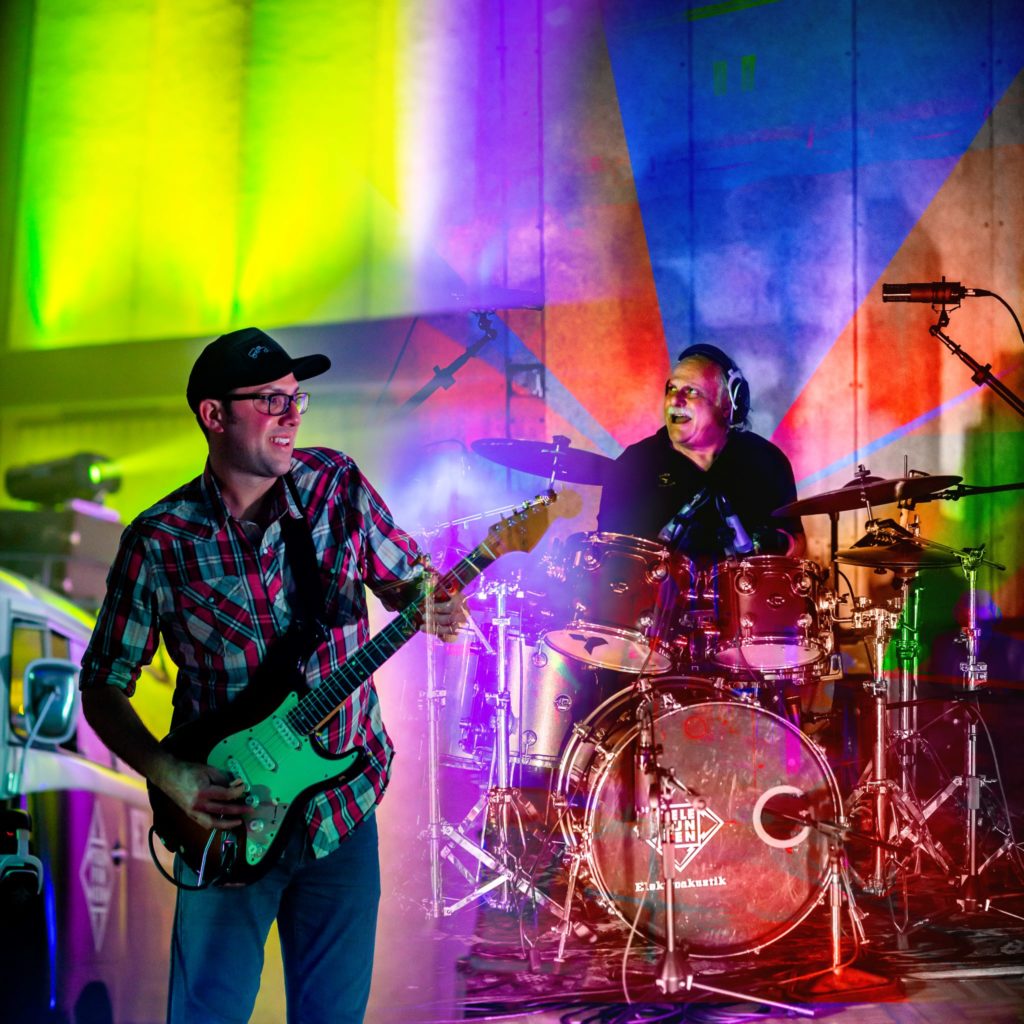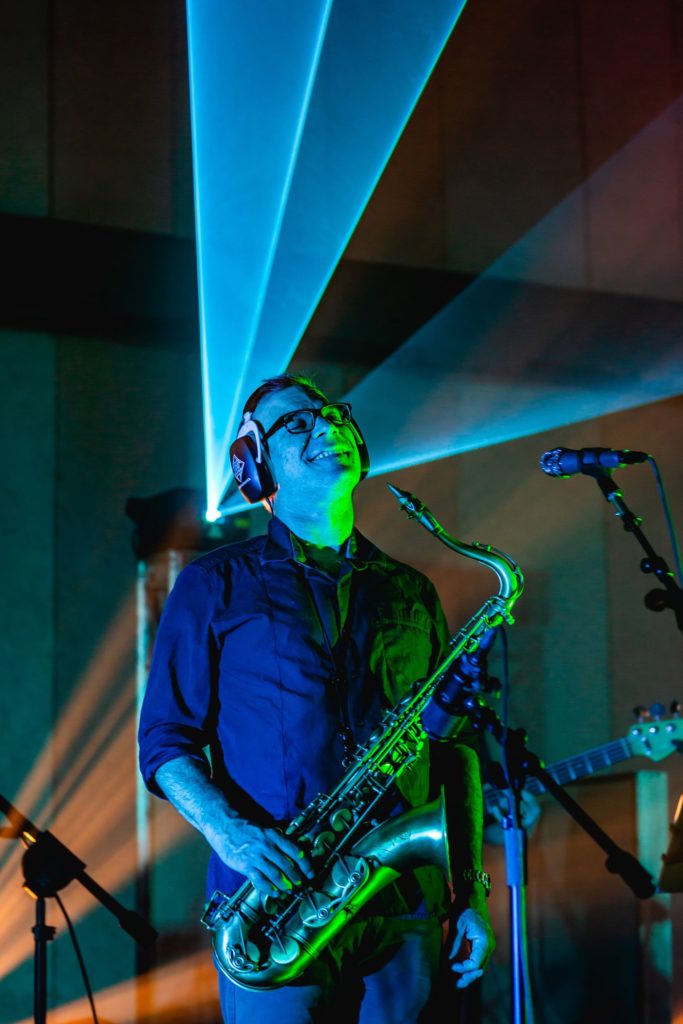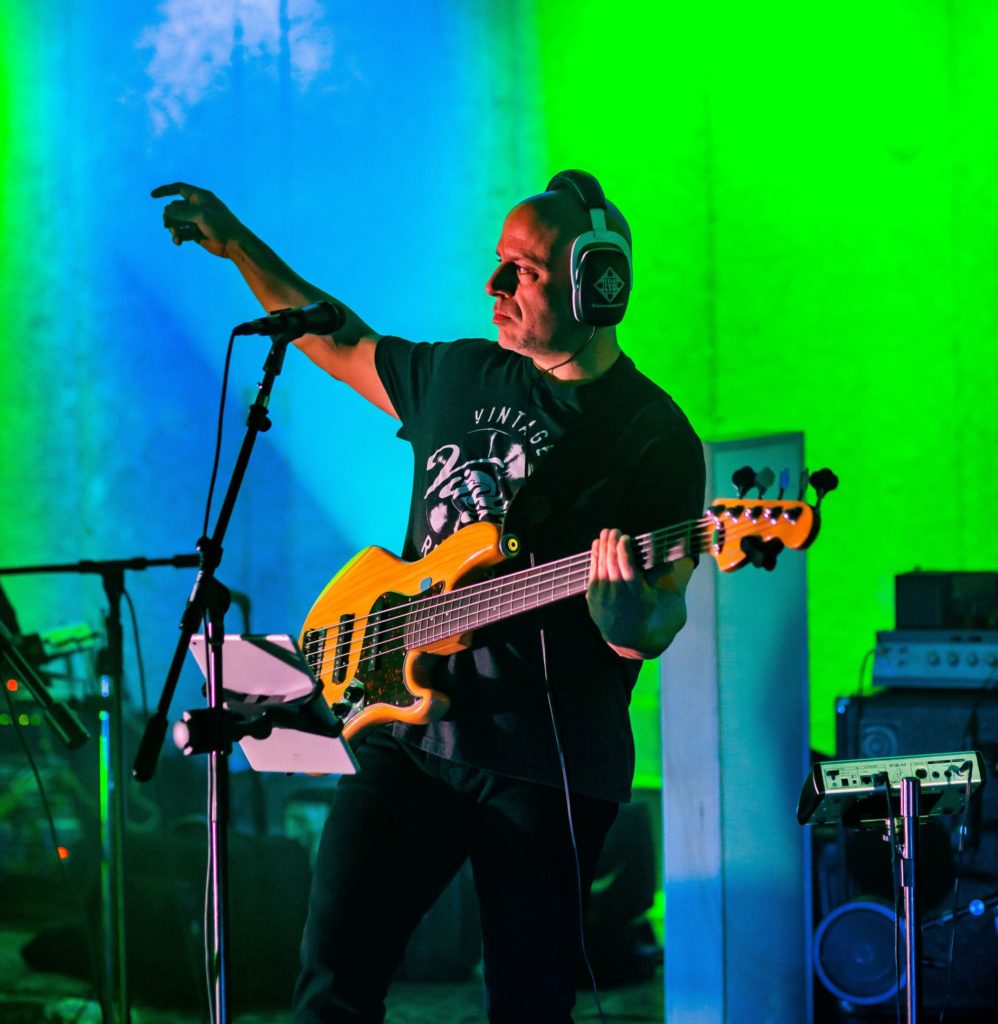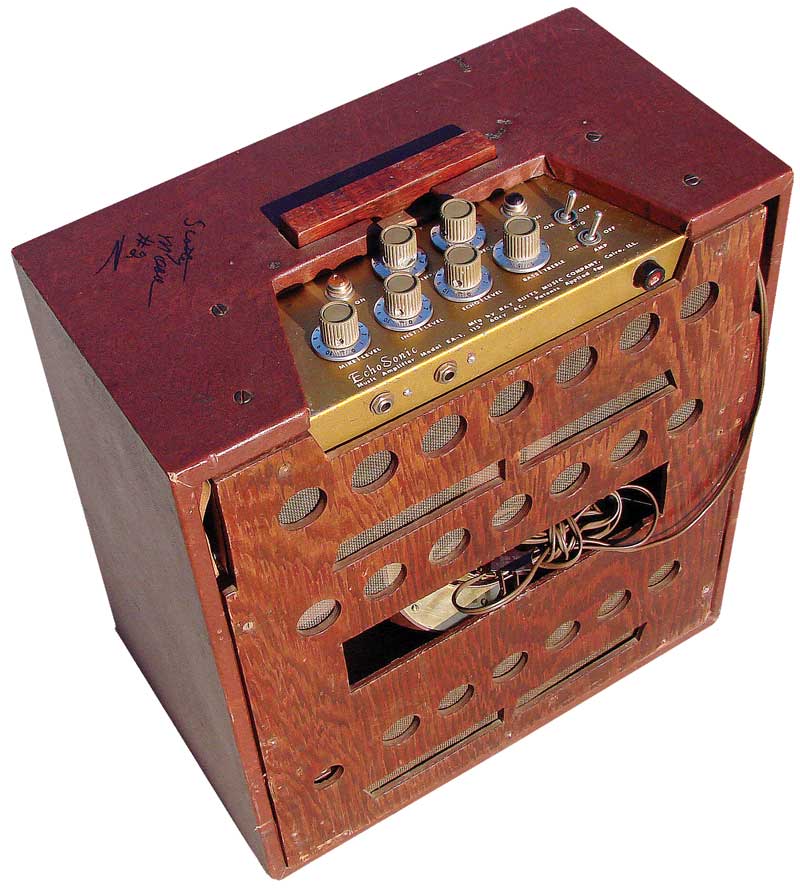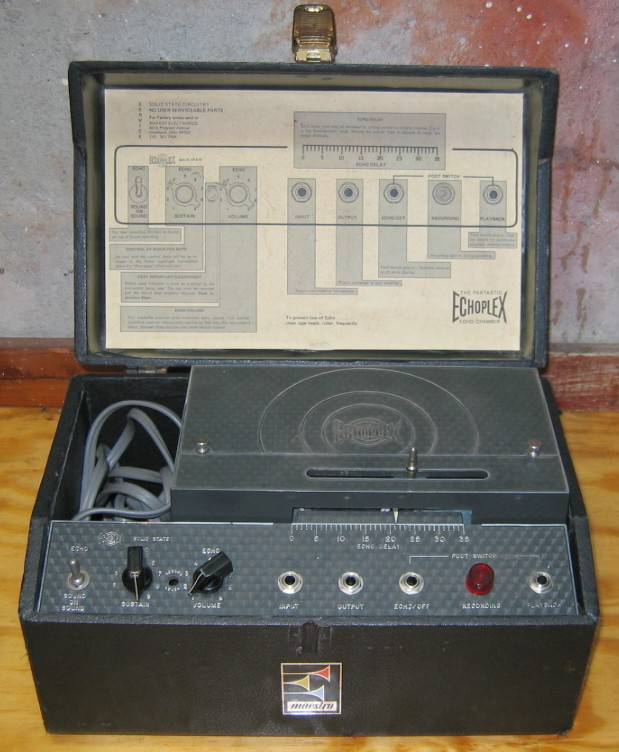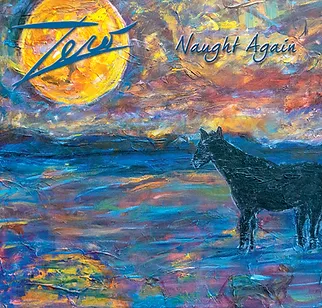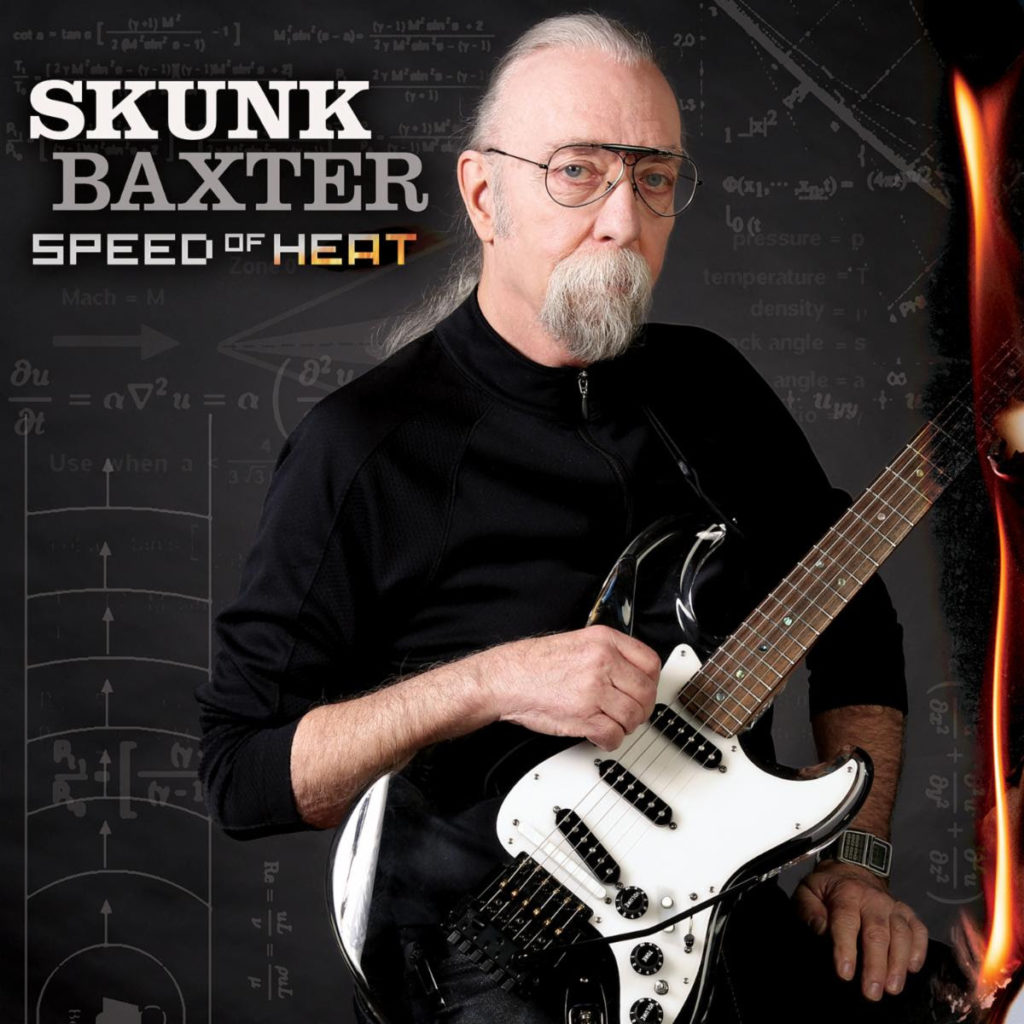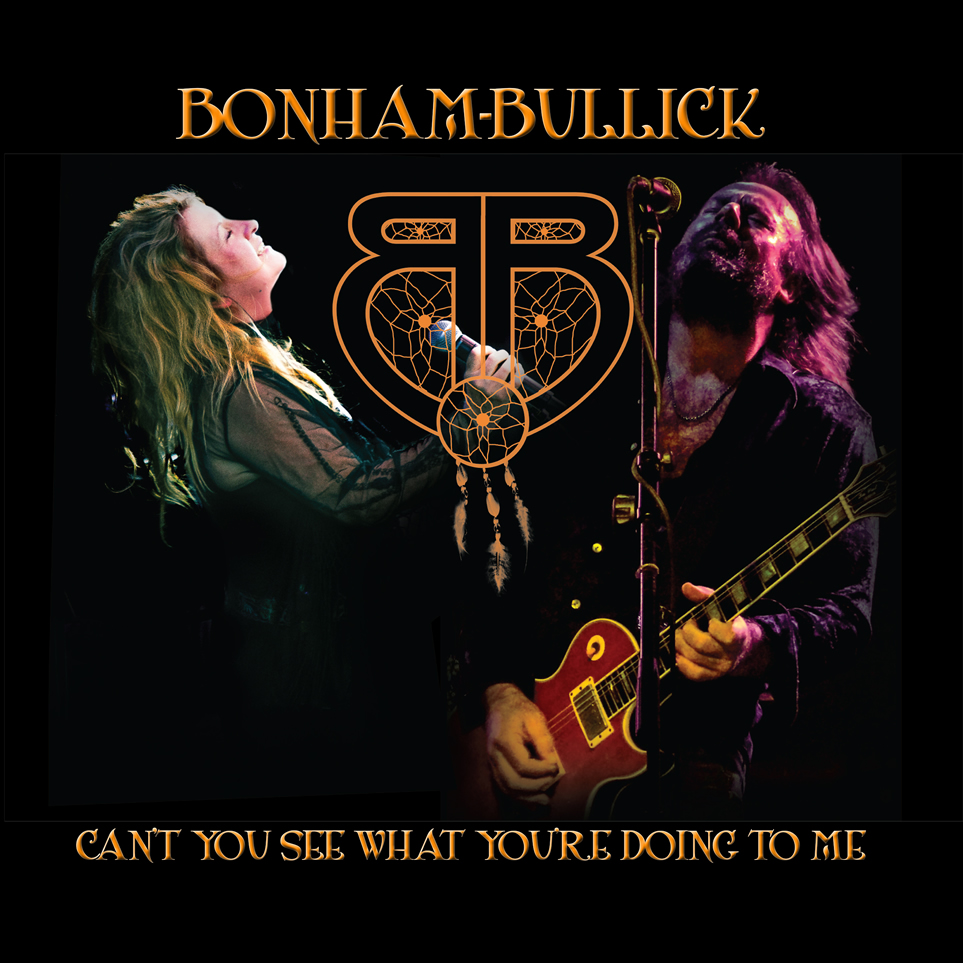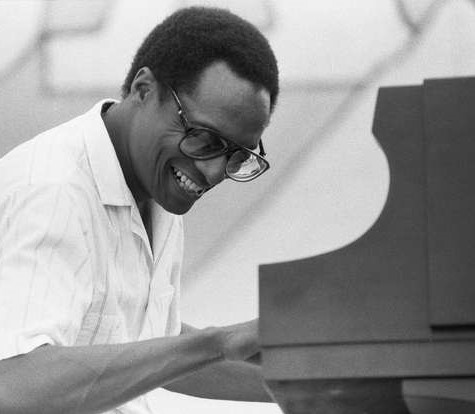
The Sept. 24 edition of Greasy Tracks featured a tribute to legendary jazz pianist Ramsey Lewis who passed away at the age of 87 on Sept 12 as well as an interview and profile of the versatile guitarist Scott Metzger.
A native of Chicago, Lewis’ career spanned seven-plus decades, yielded more than 80 releases as well as three Grammy Awards. Despite his love of blues and jazz, Lewis was, thanks to his parents, exposed to classical and gospel at an early age.
Check out the archive by clicking here, while a playlist is here.
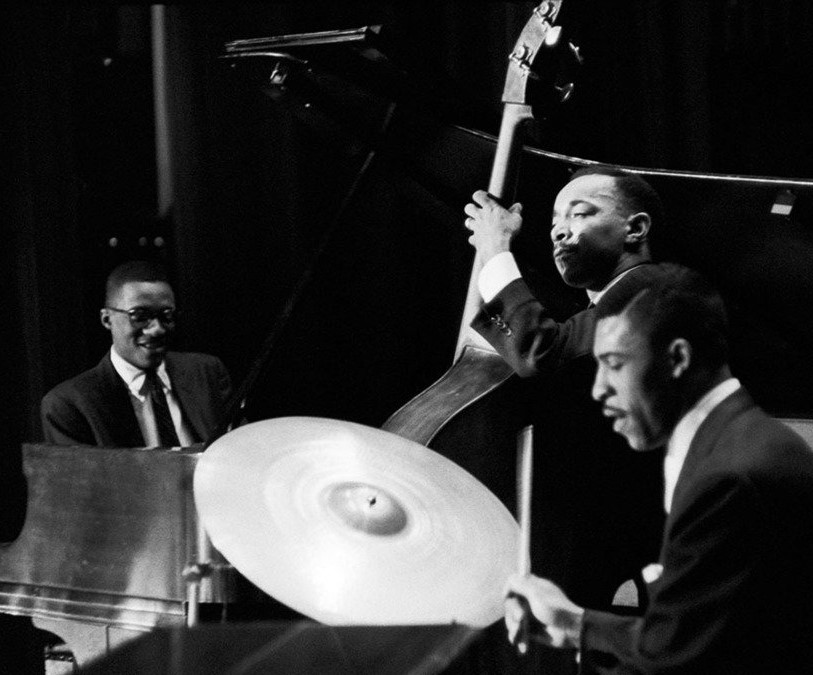
He’s credited with being a catalyst of bringing jazz to an audience that traditionally listened to pop music, opening what would become a massive market, especially years later with smooth jazz, boosted again, this time by Lewis’ release of the blockbuster Sun Goddess in 1974.
In The Crowd, released in 1965, was the first of Lewis’ five Gold records. The single of the same name from the album went to No. 2 on the R&B chart and No. 5 on the Hot 100 chart that year. A year later, it won a Grammy Award for Best Instrumental Jazz Performance by an Individual or Group.

One of the keys to Lewis’ early success was what would become a decade-long collaboration with bassist Eldee Young and drummer Isaac “Red” Holt blended who helped give the music a harder edge with a funky, “roll-your-sleeves-up” feel, despite still being acoustic.
The Brooklyn-based Metzger, best known as a member of Joe Russo’s Almost Dead (JRAD), released his debut, solo album, Too Close To Reason (Royal Potato Family), earlier this year.
Between road dates with JRAD, Metzger’s focus as turned to WOLF!, a “Telecaster rock trio” he’s been part of with bassist John Shaw and drummer Taylor Floreth for the past six years. Their second album, Adult Entertainment, (Royal Potato Family) will be released Oct. 28. WOLF! plays The Sultan Room in Brooklyn on Oct. 7; Stage One in Fairfield on Oct. 7; and Soundcheck Studios in Pembroke, Mass., on Oct. 8.
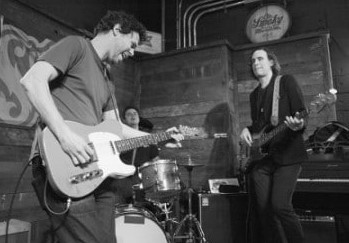
There will be tickets given away to the Stage One show.
In addition to discussing life as a musician during and post-Covid, Metzger talks at length about how WOLF!’s new album came about as well as his love to playing the Telecaster, an instrument not really suited to his JRAD job, but perfect for WOLF!’s approach to making music.

